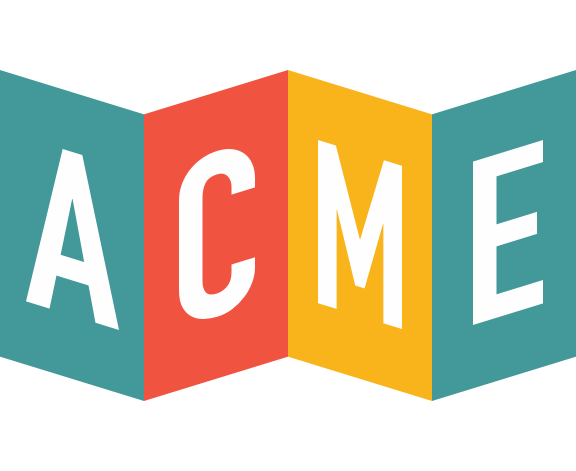
What’s The Difference Between A PayFac vs ISO?
As intermediary technologies between a payment system and merchant, Independent Sales Organizations (ISOs) and Payment Facilitators (PayFacs) serve a very similar purpose.
As a nonprofit, museum, or zoo looking to integrate a payment system into your institution, it’s important to understand the difference between PayFacs and ISOs to get the most out of your technology.
Below we’ll look at the major differences between PayFac and ISO payment systems and which technology makes the most sense for your needs.
PayFac vs ISO: Contractual Process
One of the key differences between PayFacs and ISO systems is the contractual agreement. Unlike PayFac technologies, ISO agreements must include a third-party bank to sponsor the contract. In fact, ISOs don’t even need to be a part of the merchant’s contract.
PayFacs, on the other hand, must be written into the contract and are often the only liable party for their sub-merchant portfolio. PayFacs are the sole sponsor and are responsible for most security and payment needs. This also means, however, that PayFacs enjoy more freedom and control than ISOs in their merchant partnerships.
PayFac vs ISO: Responsibilities
While PayFacs enjoy more control over their merchant partnerships, they also take on more responsibility than ISOs. As the sole financial authority, PayFacs must process the application, onboard the technology, and work directly with the merchant throughout the integration process.
ISOs, however, don’t have to do much more beyond referencing merchants to their process partners and banking sponsors. On top of that, most ISO aren’t required to meet any underwriting or submerchant monitoring requirements that PayFacs will typically take on.
PayFac vs ISO: Liability
Only PayFacs and whole ISOs take on liability for underwriting requirements. How much risk a PayFac or wholesale ISO undertakes is negotiable, but PayFacs can take up to 100 percent of the liability if that’s how your contract is designed.
Retail ISOs have virtually no responsibility for underwriting and, consequently, take on little-to-no responsibility in the event of theft, cyber attacks, and other forms of merchant losses. However, this doesn’t mean you’re left high and dry if something unexpected happens. The bank sponsor backing the ISO will usually take on the risk in lieu of the ISO.
PayFac vs ISO: Third-party Relationships
An ISO, at its most basic level, is an intermediary reseller. When you take on an ISO, you’re getting access to a handful of payment processor services that have a partnership with your ISO. Because of their access to partnership, larger ISOs typically have more payment options, more flexibility, and a wider range of rates depending on what kind of services you take on.
PayFacs offer the opposite structure. PayFacs are all-in-one solutions that may have only one or two partnerships. The benefit is a more simplified and streamlined onboarding and payment process. PayFacs can generally onboard merchants quicker and have faster processing times.
PayFac vs ISO: Payments and Funds
ISOs never come into direct contact with a merchant’s money. Funds are processed directly from the bank sponsor to the merchant. PayFacs, on the other hand, facilitates all funds directly to the sub-merchant. Payments get processed through the PayFac, who then transfers what is owed to the merchant.
PayFac vs ISO: Tech
There are some key differences and a few similarities in terms of what kind of technologies ISOs and PayFacs offer. Most PayFacs have to take on a lot more solutions and SaaS tools in order to meet all the demands of in-house onboarding, processing payments, and managing their security needs.
Most ISOs take on enough technology to manage their third-party processors. Rather than building an entire in-house system, all they need is the ability to connect to their partnering technologies.
Both payment systems try to offer similar management technologies, like CRMs, in order to remain competitive. Merchants want to build on their sales and rely on data that can help them improve customer relationships, understand their demographics, grow members, cut costs, and refine their payment structures.
ACME Payments Have You Covered
You can monetize and unify your payments with ACME’s Omnichannel Payment as a Service. ACME’s payment system allows you to:
- Drive recurring revenue to grow your bottom line.
- Avoid expensive upfront and ongoing costs with PayFacs.
- Support both card present and card-not-present scenarios.
- Meet your security, compliance, and regulatory requirements.
- Expand your ability to manage your business with a cutting-edge API system.
Contact ACME today to learn more about how to simplify your payment process, expand your flexibility, and generate more revenue today.

